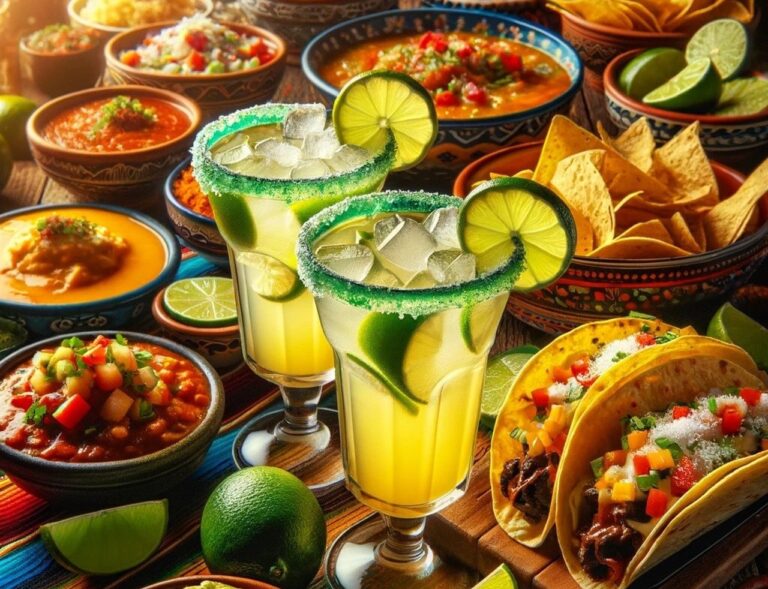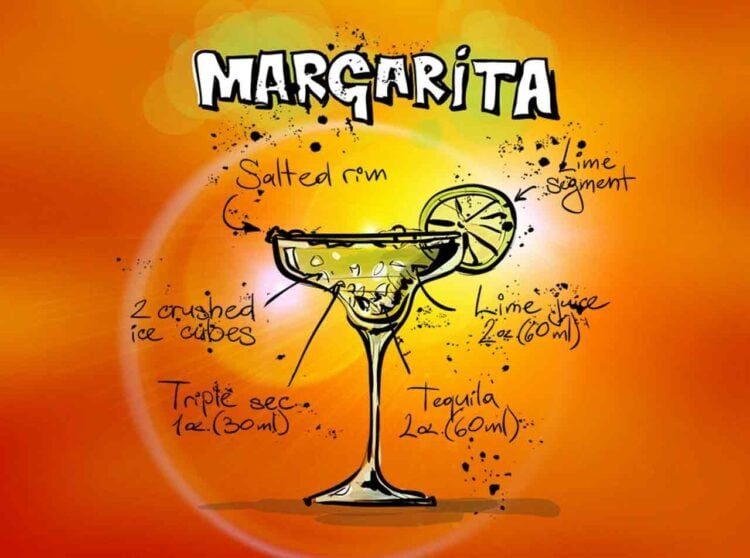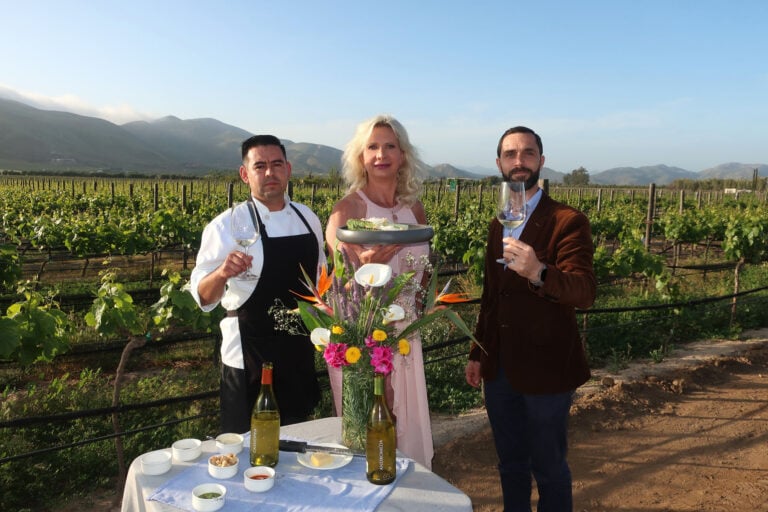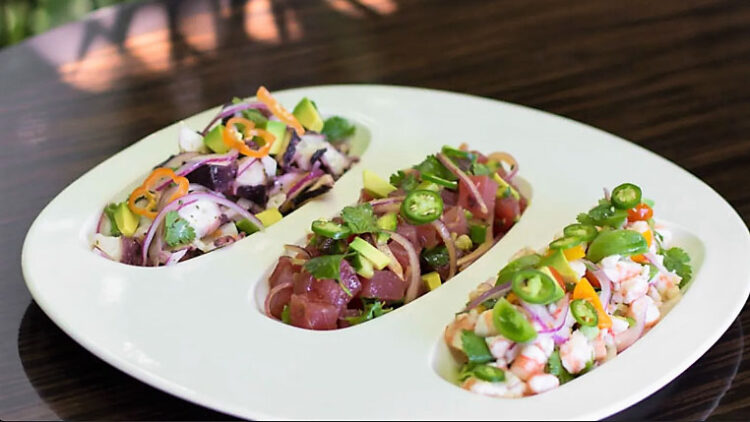Wine of the Week: Domaine Les Roches Bleues, Les Trois Loups, Brouilly 2019 | Beaujolais, France
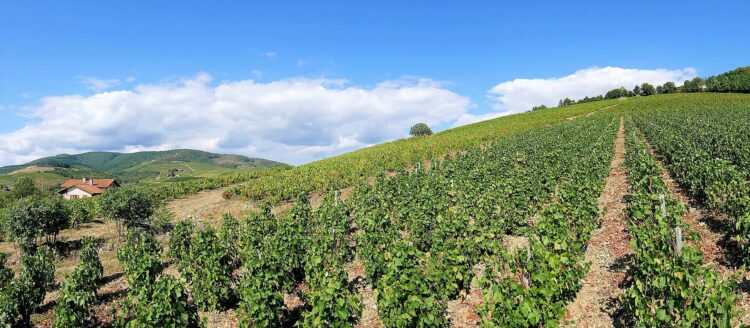
Brouilly | April 11, 2022
> GEOGRAPHICAL FACTS
After the fall of the Roman Empire and the passage of the barbarians, the monks of the great abbeys of the Beaujolais region resumed viticulture. The granite soils making up this region were then described as allowing only the cultivation of vines. At the end of the 19th century, a man, Victor Puillat, promoted the re-establishment of the vine after the attacks of phylloxera which ravaged the vineyard, thanks to the grafting of American root stock.
The Beaujolais region has an area of 35,000 acres and extends from the Azergues Valley to Lyon, 88 miles long and about 24 miles wide. To the east of the vineyard flow the Saône river and its tributaries which carve the hills and, to the west, the Beaujolais mountains dominate with slopes and hills from 600 to 1,500 feet in altitude. This appellation owes its great precocity to a generally temperate heat (52°F on average) as well as to the meeting of three types of climates: oceanic, Mediterranean in summer and continental in winter.
It annually produces 32 million gallons of wide-ranging reds. The Côteaux-du-Lyonnais vineyard, with its 875 acres is also attached to this wine region, it produces 470,000 gallons of reds and whites (Chardonnay). The red Gamay grape varietal takes full advantage of this schistous and poor terroir, and can be found in two forms, the “gamay geoffray” and the “petit gamay.”
The vinification practiced in Beaujolais is original since it consists of letting the grapes rest unpressurized in closed vats, which under the weight of the berries deliver juice whose sugar is transformed into ethanol in an environment saturated with carbon dioxide. This method allows quality consumption of young wines, but the carbonic maceration as a whole promotes the development of specific fermentation aromas which make the reputation of the wines of this region.
Organized into two sub-regions (Beaujolais, Beaujolais and Lyonnais), the Beaujolais region has 14 AOCs, including crus that have made its reputation, such as Saint-Amour, Juliénas, Moulin-à-Vent, Brouilly, Côte-de-Brouilly and Morgon.
> ABOUT THE WINERY
Domaine Les Roches Bleues has 24 acres of estate-owned gamay vines planted on steep slopes in the Côte-de-Brouilly and Brouilly appellations. The winery and vineyards sit on the southern side of Mont Brouilly between neighbors Château Thivin and Pierre Cotton. Les Roches Bleues refers to the famous “pierre bleue” (diorite), a hard, blue-hued rock typical of Côte-de-Brouilly, found abundantly in their vineyards. Even though volcanoes have not been present in the area, the stone was unearthed by the formation of the Alps when it was pushed up from beneath the sea and exposed at the surface. Côte-de-Brouilly and Brouilly also take advantage of the superior drainage and exposure offered by the steep slopes. Mont Brouilly’s incredibly sharp incline and unique soils produce some of the most mineral, ageable wines of the entire Beaujolais region.
Jonathan Buisson farms all of his vineyards organically, and his vineyards were certified in 2021. He does not use any chemicals in the vineyard or winery. Beyond organics he is working with the system of agro-ecology and agro-forestry (plant cover, hedges, planting trees within plots). He utilizes mostly wild grasses in the vineyard to help with water retention and guard against erosion.
The average age of his vines is 50 to 65 years, with some vines of 100 years old. He is also planting young vines and switching to cordon training, which is better for organic and biodynamic farming by raising the vines up off the ground. This method allows for more aeration and does not trap humidity close to the ground, which in turn negates the need for chemical inputs.

Origin: Beaujolais, France
Varietals: 100% Gamay
Sustainability: certified organic
Suggested retail price: $33.00
ABV: 13.5%
Les Trois Loups is Jonathan Buisson’s favorite vineyard, and the wine is an homage to his grandfather (who started the domain) and his father. It represents the three generations of the family who made Domaine Les Roches Bleues what it is today.
Whole bunches are handpicked in small crates and selected in the vineyard. Twelve days of whole-cluster, semi-carbonic maceration are followed by a very gentle and slow pressing using the domaine’s old, wooden vertical press. The must is transferred into temperature-controlled cement tanks, where fermentation continues with native yeasts. After racking, the wine spends twelve months in 50-year-old foudres before being bottled unfined and unfiltered. Sulfur is not used in the vinification process.
This Brouilly has a bright ruby color with purple reflections. The nose shows aromas of ripe berries, violet, orange zest and spices. The palate is medium-bodied with lots of ripe fruit and spice, ripe tannins, all wrapped in juicy acidity and ending in a long, precise finish.
Suggested food pairings: game, lamb, pork or beef roast, grilled vegetables, cheeses.
> For more information, visit the Domaine Les Roches Bleues official website.

